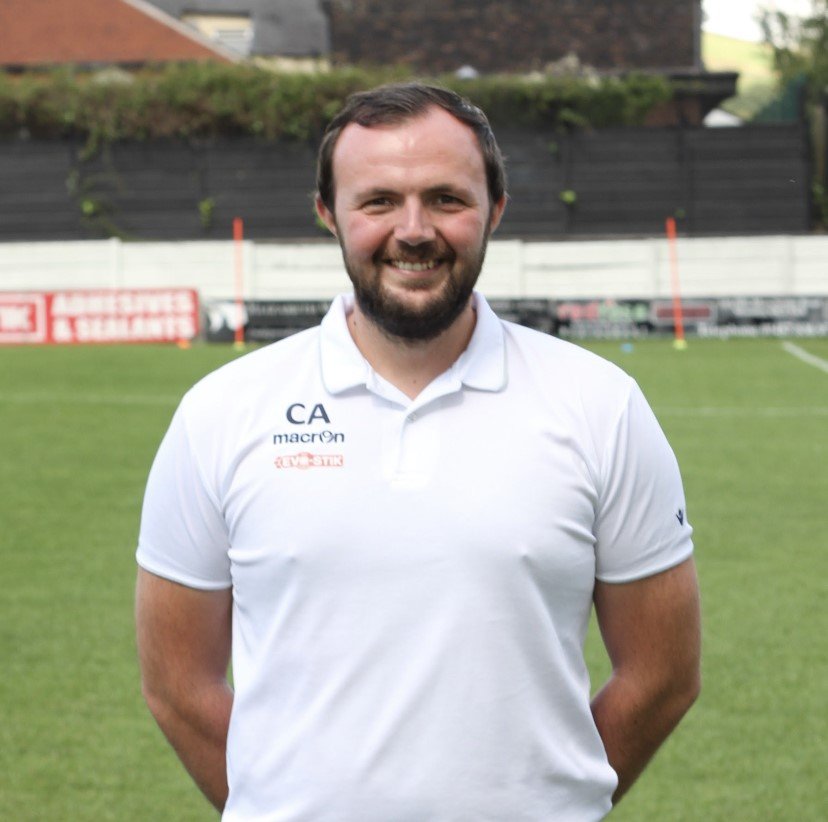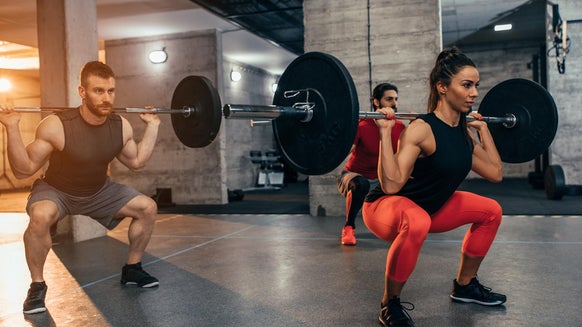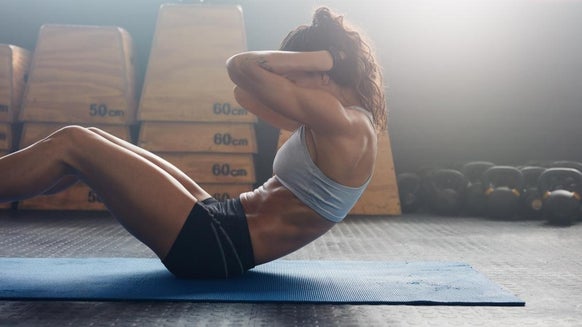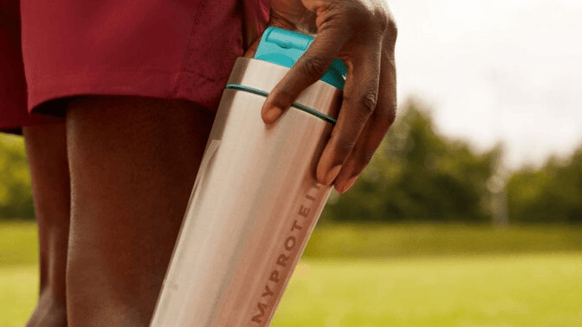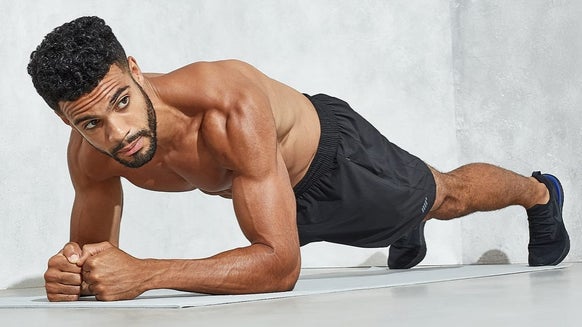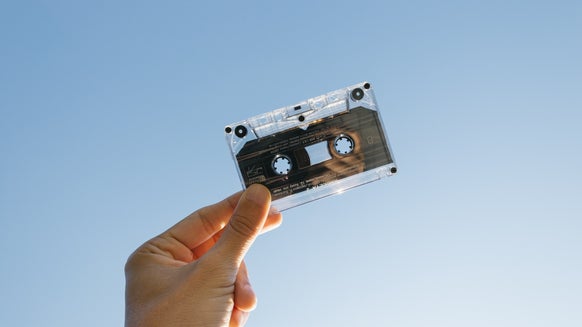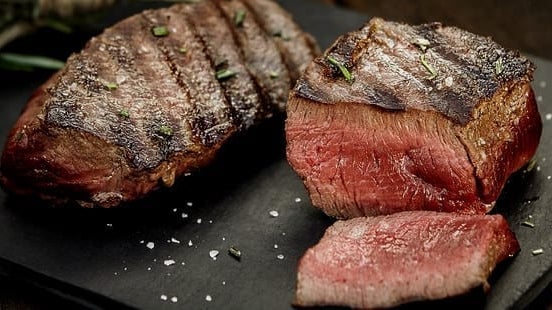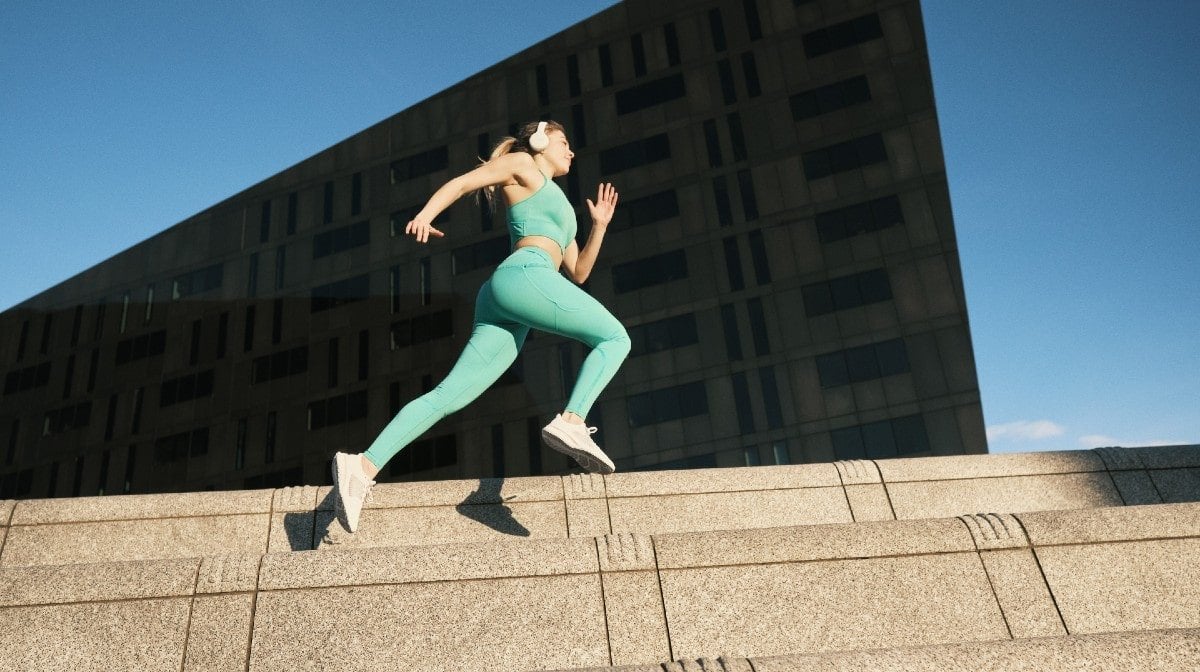
Written by Jack Boardman
Gain Bigger Quads
Leg day is the oft-feared but not-to-be-avoided part of your workout week. By some it’s met with a mix of reluctance and fear, often revolving around the memory of being barely able to waddle from the gym from your last leg day. Killer quads aren’t just about aesthetics and avoiding the top-heavy look, but provide a foundation that can assist your lifting all over.
Best Quad Exercises
Ingenuity is not required to achieve this goal, only determination and the right fuel. Keep it simple: squats, the Smith machine and leg press are your arena; with practice and strengthening, over time you can explore ways in which to get the most out of them.
The front squat is one of the most effective ways to grow your quads. Avoid thinking in terms of one-size-fits-all. The simple action of the front squat can be utilised to isolated muscles, to focus on strength, power, and volume.
Squats come in various forms from posterior-to-the-floor to half-range motions. We’ll get into more ideas on using range to your advantage shortly.
When going for greater weight, take advantage of the fixed-path motion of the Smith machine so that the safety pegs limit the range of your movement while placing emphasis on the muscles you are targeting.
Similar to the Smith machine, leg press machines offer safety in its fixed motion, compared to squatting with a barbell which requires you to channel your core for balance, with the risk of a mishap if you overreach.
Top Approaches to Quad Workouts
Adjust the amount you’re lifting, the number of reps, the speed of your reps and the range of your squats depending on your goals.
Our advice, when starting from scratch, is to work on your technique using mirrors to perfect your standard squat. Use a comfortable weight and normal speed for your reps and aim for 8-15 in a set.
Once you’ve mastered this, for the next month, think speed. Increase the amount you’re lifting but focus on the speed of your reps. Do fewer reps – 3-6 per set – and go extra slow and hold at either end of a rep.
Entering month two, look at isolating the muscles you’re targeting. Here is where you should focus on the range of your reps, your footing and compounding your quads.
When squatting or pressing, a lower foot position will help you to emphasise the quads. You can also work the outer quads with a closer foot position, and work the inner thighs with a wider stance.
Look at pre-exhausting sets and working to muscle failure. With exercises that involve only a single joint movement you will be pumping up targeted muscles before even beginning the likes of squatting and leg pressing (which work several muscles at once.) Muscles that are not pre-exhausted will be the freshest and so will bear the brunt.
With the use of the Smith machine or a gym partner, ending your gym session by working your muscles to exhaustion prior to a rest day will achieve serious gains and a wobbly walk home.
An extra tip here is to look at partial reps, with a range of a few inches to really – really – isolate the muscle.
Train your quads after your rest day. This theory works across the board; by fuelling up and ensuring your muscles receive the recovery they need to grow and strengthen, your fully rested quads will be at their most effective following a day of TLC. On your rest day, think nutrition and inactivity for your quads – this could include light, corrective stretching and gentle mobility, but high intensity running is not in the best interest of gains on quad day the next day.
If you’re throwing in a quads workout midweek or at the end of a week of upper body workouts, keep in mind that you might be using other muscles that are required for those squats and leg presses; for example, if you’ve strained your lower back working the upper body, or your glutes and knees have taken on board some high intensity training, even if you think you’ve rested your quads or legs because you haven’t lifted weights, they might not be in peak form for what you have planned on quads workout day.
